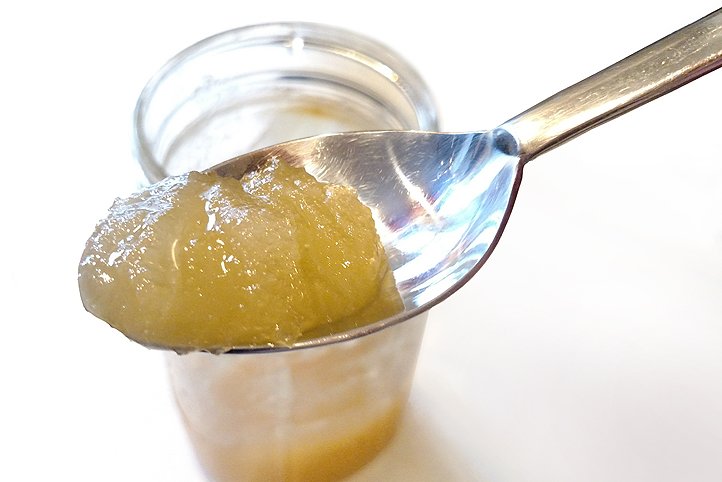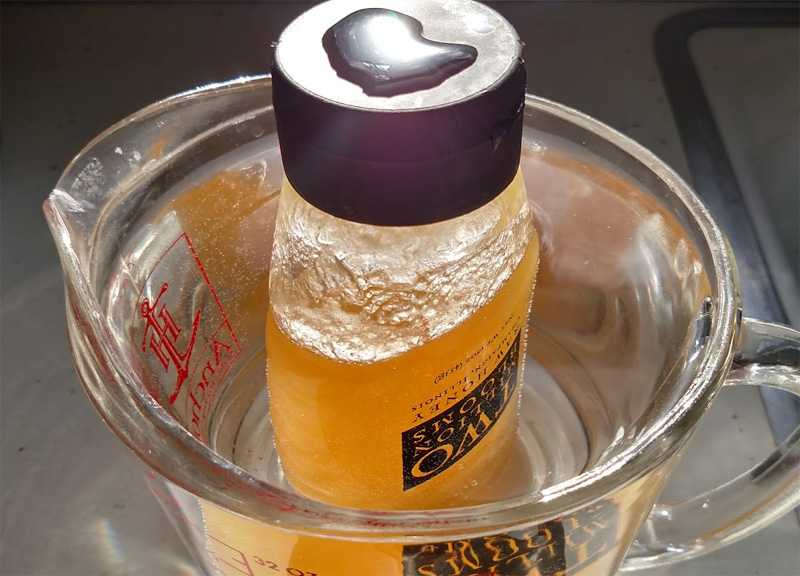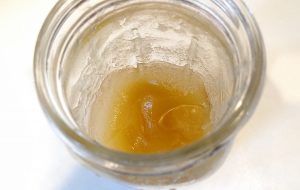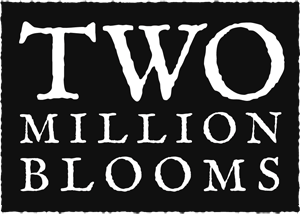
You go to reach for your silky-smooth liquid gold honey only to find it’s turned into a cloudy and near-solid mass of goo! Has your honey gone bad? Should you toss it out?
Probably not.
If you’re unfamiliar with raw honey, you may be tempted to think your honey has gone bad. When thoroughly ripened and properly stored, honey can last forever.
The main reason honey isn’t prone to spoilage is because of it’s low moisture content (usually below 19%) and it’s low/acidic pH (3.9) make for an inhospitable environment for bacteria, molds and fungi. However, it is prone to crystallization—especially when certain factors are present.
Why does honey crystallize?
First, a brief chemistry lesson…
Honey is a solution of sugars, water and other minor components which has been forced (by the bees evaporation of water) into a supersaturation.
Because honey contains far more solute (sugars) than possible under normal conditions, it is considered unstable and tends to “fall out of solution” toward a state of equilibrium.
Crystallization is the process by which molecules, as they attempt to become “stable,” gather together in tightly-bonded groups known as a crystal lattice.
Crystal growth begins with the onset of nucleation. Nucleation can happen with the molecules themselves (homogenous/unassisted nucleation), or with the help of a surface from a solid particle already in the solution (heterogeneous/assisted nucleation).
Honey crystallization is influenced by three major factors:
- Particulates
- Temperature
- Floral Source
Let’s take a look at each one.
Particulates
Crystallization can be stimulated by the presence of tiny particles which are suspended in the honey.
Raw honey (unheated and unfiltered) has a lots of these particles in the form of pollen grains, bits of wax or propolis, and even air bubbles. Each particle becomes nuclei for crystals to grow from.
Filtering out the particles helps to delay crystallization, but you also lose some of the honey’s flavor and character when these particles are removed. Not to mention, finely-filtered honey is subject to high heat (which further damages quality) to aid in the flow rate as it is pressed through filters.
Temperature
Temperature also affects the rate of crystallization, with the fastest crystal growth occurring at a temperature of 57 °F.
Conversely, honey resists crystallization best when kept at about 70 °F. Honey will not crystallize below 41 °F.
Floral Source
The tendency of honey to crystallize depends primarily on it’s nectar origin collected by the bees.
Flower nectar is comprised of a combination of different sugars in their most natural forms. Each flower type has a unique composition of sugars (predominantly fruсtоѕе аnd gluсоѕе) which give honey it’s sweetness.
Once the nectar is changed (“ripened”) into honey, the glucose tend to separate from solution faster than fructose (which is more soluble in water). Therefore, honey high in glucose sugars with a low fructose-to-glucose ratio will crystallize more rapidly than honey with a lower glucose content.
In the beekeeping world, flower nectars with high glucose ratios are known as “crystallizers.”
High-Glucose Nectars (mainly forbs):
|
Low-Glucose Nectars (mainly trees):
|
How to re-liquify honey

Crystallized honey can be re-liquified by gently heating the container in a hot water bath. You can also heat honey on the stove (on low) in a double-boiler fashion, just take care not to boil or scorch the honey.
Overheating honey can change the flavor, aroma and other properties, so it’s best to do so at the lowest temperature possible for the shortest amount of time. (Overheating also defeats the purpose of buying raw, local honey.)
After “melting” the crystals, your honey will stay liquid for weeks to a month or more, but the supersaturated solution will eventually march back to a crystallized state.
…or not!
Crystallization needn’t be a problem to be solved.
Not only is crystallized honey delicious, it’s also a good sign you’ve got the real thing!
In fact, many people prefer crystallized honey to liquid honey for it’s spreadable, creamy consistency (which is why we sell jars of naturally crystallized honey). Simply scoop out what you need and spread on your toast or add to your tea!

In Canada, Australia, New Zealand and many parts of Europe, crystallized honey (in the form of “creamed” honey) is the norm of what you’ll find in stores.
Keep in mind, however, that crystallization and fermentation are closely related. Crystallized honey, if left crystallized for too long, can ferment. This is due to the additional water which is freed-up as glucose molecules separate from the liquid and become solid glucose crystals. If the water content becomes too great, it creates a favorable environment for the growth of wild yeast present, which may lead to fermentation.
Not sure what to do?
Already crystallized? Embrace it and consume it! If it will take you a long time to use, 1.) try cooking or baking with it, or 2.) re-liquify to minimize the chance of fermentation.
Not opening for a while? Store your honey at room temperature. The optimum temperature for storage is 70-80 °F. Avoid storing your honey in colder temperatures which speed the rate of crystallization (53–64°F). For long term storage, you can store honey in the freezer and preserve the original texture and flavor indefinitely.
